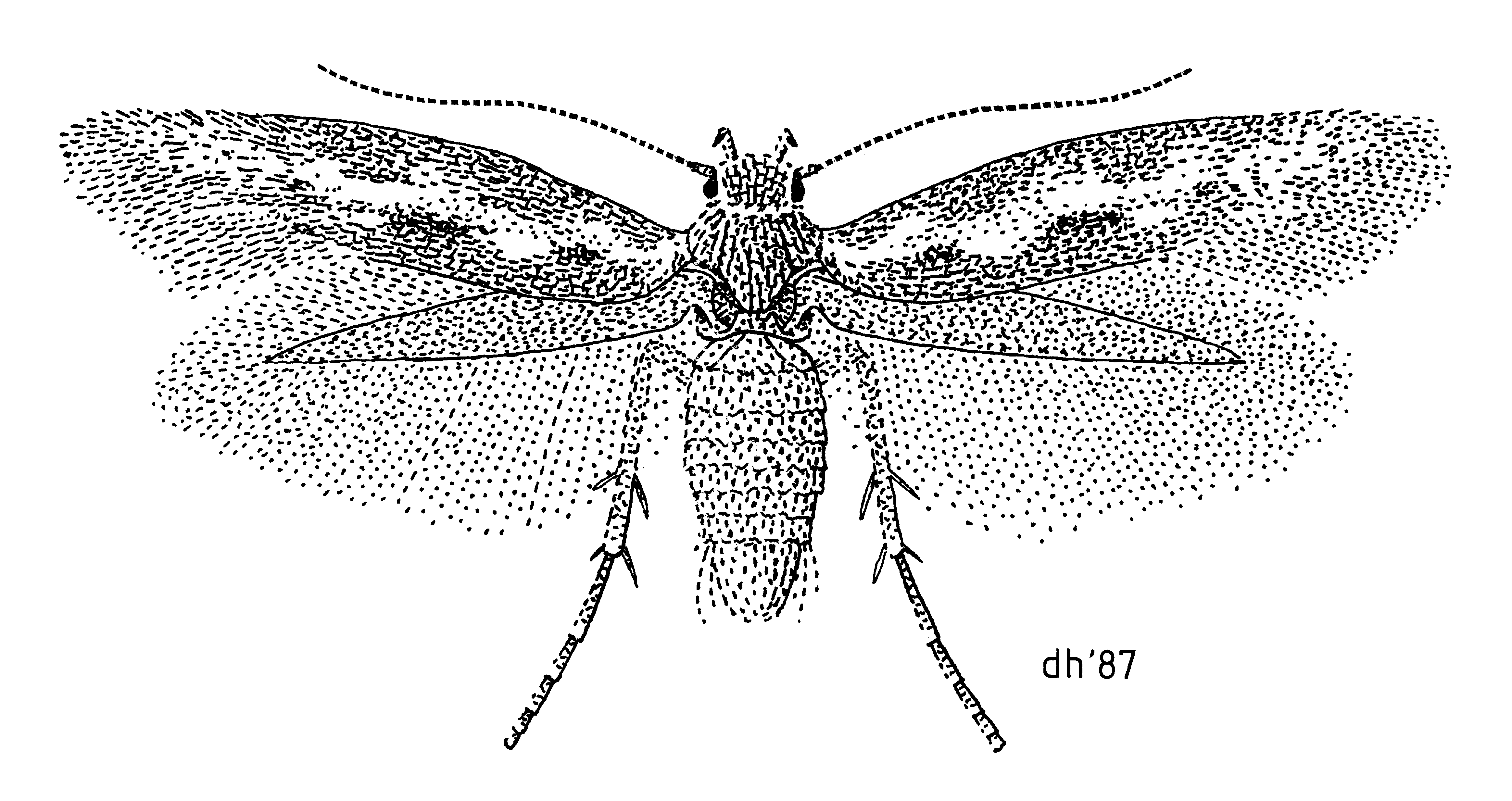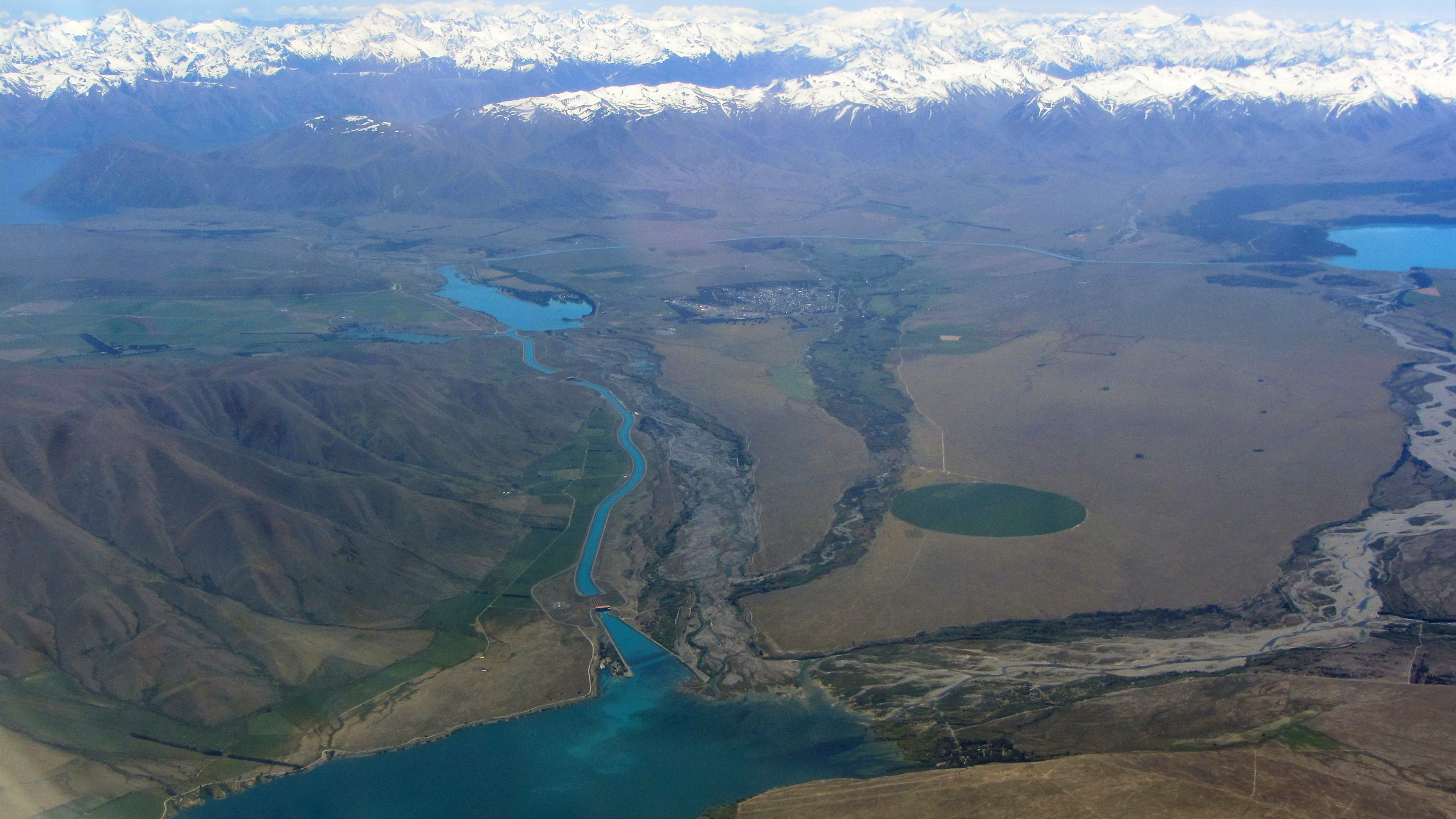|
Scythris Epistrota
''Scythris epistrota'' is a species of moth in the family Scythrididae first described by Edward Meyrick in 1889. It is endemic to New Zealand and has been observed in the South Island. The larvae have been found on species of New Zealand broom and they pupate within an irregularly shaped, dense, silken cocoon. Adults are day flying and are on the wing from November until February. Taxonomy This species was first described by Edward Meyrick in 1889 and named ''Butalis epistrota''. Meyrick used specimens collected on the Port Hills in Christchurch and at Mount Arthur in January when first describing this species. In 1928 George Hudson discussed this species in his book ''The Butterflies and Moths of New Zealand''. However John S. Dugdale pointed out that both the description and illustration given in that book by Hudson related to an undescribed species from Mount Arthur. In 1930, thinking he was describing a new species, Alfred Philpott named this species ''Elachista la ... [...More Info...] [...Related Items...] OR: [Wikipedia] [Google] [Baidu] |
Edward Meyrick
Edward Meyrick (25 November 1854, in Ramsbury – 31 March 1938, at Thornhanger, Marlborough) was an English schoolmaster and amateur entomologist. He was an expert on microlepidoptera and some consider him one of the founders of modern microlepidoptera systematics. Life and work Edward Meyrick came from a Welsh clerical family and was born in Ramsbury on the Kennet to a namesake father. He was educated at Marlborough College and Trinity College, Cambridge. He actively pursued his hobby during his schooling, and one colleague stated in 1872 that Meyrick "has not left a lamp, a paling, or a tree unexamined in which a moth could possibly, at any stage of its existence, lie hid." Meyrick began publishing notes on microlepidopterans in 1875, but when in December, 1877 he gained a post at The King's School, Parramatta, New South Wales, there were greater opportunities for indulging his interest. He stayed in Australia for ten years (from 1877 until the end of 1886) working at Syd ... [...More Info...] [...Related Items...] OR: [Wikipedia] [Google] [Baidu] |
Endemic Fauna Of New Zealand
Endemism is the state of a species being found in a single defined geographic location, such as an island, state, nation, country or other defined zone; organisms that are indigenous to a place are not endemic to it if they are also found elsewhere. For example, the Cape sugarbird is found exclusively in southwestern South Africa and is therefore said to be ''endemic'' to that particular part of the world. An endemic species can be also be referred to as an ''endemism'' or in scientific literature as an ''endemite''. For example '' Cytisus aeolicus'' is an endemite of the Italian flora. '' Adzharia renschi'' was once believed to be an endemite of the Caucasus, but it was later discovered to be a non-indigenous species from South America belonging to a different genus. The extreme opposite of an endemic species is one with a cosmopolitan distribution, having a global or widespread range. A rare alternative term for a species that is endemic is "precinctive", which applies to s ... [...More Info...] [...Related Items...] OR: [Wikipedia] [Google] [Baidu] |
Moths Of New Zealand
Moths are a paraphyletic group of insects that includes all members of the order Lepidoptera that are not butterflies, with moths making up the vast majority of the order. There are thought to be approximately 160,000 species of moth, many of which have yet to be described. Most species of moth are nocturnal, but there are also crepuscular and diurnal species. Differences between butterflies and moths While the butterflies form a monophyletic group, the moths, comprising the rest of the Lepidoptera, do not. Many attempts have been made to group the superfamilies of the Lepidoptera into natural groups, most of which fail because one of the two groups is not monophyletic: Microlepidoptera and Macrolepidoptera, Heterocera and Rhopalocera, Jugatae and Frenatae, Monotrysia and Ditrysia.Scoble, MJ 1995. The Lepidoptera: Form, function and diversity. Oxford, UK: Oxford University Press; 404 p. Although the rules for distinguishing moths from butterflies are not well establishe ... [...More Info...] [...Related Items...] OR: [Wikipedia] [Google] [Baidu] |
Moths Described In 1889
Moths are a paraphyletic group of insects that includes all members of the order Lepidoptera that are not butterflies, with moths making up the vast majority of the order. There are thought to be approximately 160,000 species of moth, many of which have yet to be described. Most species of moth are nocturnal, but there are also crepuscular and diurnal species. Differences between butterflies and moths While the butterflies form a monophyletic group, the moths, comprising the rest of the Lepidoptera, do not. Many attempts have been made to group the superfamilies of the Lepidoptera into natural groups, most of which fail because one of the two groups is not monophyletic: Microlepidoptera and Macrolepidoptera, Heterocera and Rhopalocera, Jugatae and Frenatae, Monotrysia and Ditrysia.Scoble, MJ 1995. The Lepidoptera: Form, function and diversity. Oxford, UK: Oxford University Press; 404 p. Although the rules for distinguishing moths from butterflies are not well est ... [...More Info...] [...Related Items...] OR: [Wikipedia] [Google] [Baidu] |
Carmichaelia
''Carmichaelia'' (New Zealand brooms) is a genus of 24 plant species belonging to Fabaceae, the legume family. All but one species are native to New Zealand; the exception, ''Carmichaelia exsul'', is native to Lord Howe Island and presumably dispersed there from New Zealand. The formerly recognised genera ''Chordospartium'', ''Corallospartium'', ''Notospartium'' and ''Huttonella'' are now all included in ''Carmichaelia''. The genera ''Carmichaelia'', ''Clianthus'' (kakabeak), ''Montigena'' (scree pea) and ''Swainsona'' comprise the clade Carmichaelinae. ''Carmichaelia'' is named after Captain Dugald Carmichael, a Scottish army officer and botanist who studied New Zealand plants. ''Carmichaelia'' ranges in form from trees to prostrate species a few centimetres high. Mature plants are usually leafless, their leaves replaced by stipules which have fused into scales. ''Carmichaelia'' species are found throughout New Zealand, although the eastern South Island has 15 species endemic ... [...More Info...] [...Related Items...] OR: [Wikipedia] [Google] [Baidu] |
Carmichaelia Arborea 176550926
''Carmichaelia'' (New Zealand brooms) is a genus of 24 plant species belonging to Fabaceae, the legume family. All but one species are native to New Zealand; the exception, '' Carmichaelia exsul'', is native to Lord Howe Island and presumably dispersed there from New Zealand. The formerly recognised genera ''Chordospartium'', ''Corallospartium'', ''Notospartium'' and ''Huttonella'' are now all included in ''Carmichaelia''. The genera ''Carmichaelia'', ''Clianthus'' (kakabeak), ''Montigena'' (scree pea) and ''Swainsona'' comprise the clade Carmichaelinae. ''Carmichaelia'' is named after Captain Dugald Carmichael, a Scottish army officer and botanist who studied New Zealand plants. ''Carmichaelia'' ranges in form from trees to prostrate species a few centimetres high. Mature plants are usually leafless, their leaves replaced by stipules which have fused into scales. ''Carmichaelia'' species are found throughout New Zealand, although the eastern South Island has 15 species ende ... [...More Info...] [...Related Items...] OR: [Wikipedia] [Google] [Baidu] |
Diurnality
Diurnality is a form of plant and ethology, animal behavior characterized by activity during daytime, with a period of sleeping or other inactivity at night. The common adjective used for daytime activity is "diurnal". The timing of activity by an animal depends on a variety of environmental factors such as the temperature, the ability to gather food by sight, the risk of predation, and the time of year. Diurnality is a cycle of activity within a 24-hour period; cyclic activities called circadian rhythms are endogenous cycles not dependent on external cues or environmental factors except for a zeitgeber. Animals active during twilight are crepuscular, those active during the night are nocturnal and animals active at sporadic times during both night and day are cathemerality, cathemeral. Plants that open their flowers during the daytime are described as diurnal, while those that bloom during nighttime are nocturnal. The timing of flower opening is often related to the time at which ... [...More Info...] [...Related Items...] OR: [Wikipedia] [Google] [Baidu] |
Queenstown, New Zealand
Queenstown ( mi, Tāhuna) is a resort town in Otago in the south-west of New Zealand's South Island. It has an urban population of The town is built around an inlet called Queenstown Bay on Lake Wakatipu, a long, thin, Z-shaped lake formed by glacial processes, and has views of nearby mountains such as The Remarkables, Cecil Peak, Walter Peak and just above the town, Ben Lomond and Queenstown Hill. The Queenstown-Lakes District has a land area of not counting its inland lakes Hāwea, Wakatipu, and Wānaka. The region has an estimated resident population of Neighbouring towns include Arrowtown, Glenorchy, Kingston, Wānaka, Alexandra, and Cromwell. The nearest cities are Dunedin and Invercargill. Queenstown is known for its commerce-oriented tourism, especially adventure and ski tourism. History Māori settlement and presence The area was discovered and first settled by Māori. Kāi Tahu say that the lake was dug by the Waitaha ancestor, Rākaihautū, with his kō (d ... [...More Info...] [...Related Items...] OR: [Wikipedia] [Google] [Baidu] |
Twizel
Twizel () is the largest town in the Mackenzie District, in the Canterbury Region of the South Island of New Zealand. The town was founded in 1968 to house construction workers on the Upper Waitaki Hydroelectric Scheme. Today, Twizel is a service and tourist town for visitors to the area. It has a resident population of during the summer, holidaymakers nearly triple the town's population. Nearby Lake Ruataniwha supports rowing, sailing and water skiing. Twizel is 37 km (29 minutes drive) east of Lake Ōhau village, 30 km (20 minutes drive) north of Omarama and 60 km (42 minutes drive) south of Lake Tekapo. History Hydro town The present town was built in 1968 by the Ministry of Works and Development as a greenfields project to house workers constructing the Upper Waitaki hydroelectricity scheme. The name comes from the nearby Twizel River, in turn named for Twizel Bridge in Northumberland by John Turnbull Thomson, Chief Surveyor of Otago in the mid-19th c ... [...More Info...] [...Related Items...] OR: [Wikipedia] [Google] [Baidu] |
Lake Pukaki
Lake Pukaki is the largest of three roughly parallel alpine lakes running north–south along the northern edge of the Mackenzie Basin on New Zealand's South Island. The others are Lakes Tekapo and Ohau. All three lakes were formed when the terminal moraines of receding glaciers blocked their respective valleys, forming moraine-dammed lakes. The Alps2Ocean mountain bike trail follows the edge of Lake Pukaki for part of its length. Geography The glacial feed to the lakes gives them a distinctive blue colour, created by glacial flour, the extremely finely ground rock particles from the glaciers. Lake Pukaki covers an area of 178.7 km², and the surface elevation of the lake normally ranges from 518.2 to 532 metres above sea level. The lake is fed at its northern end by the braided Tasman River, which has its source in the Tasman and Hooker Glaciers, close to Aoraki / Mount Cook. To the west of Lake Pukaki lies the Ben Ohau mountain range with Ben Dhu (1607m) and Betty ... [...More Info...] [...Related Items...] OR: [Wikipedia] [Google] [Baidu] |

.jpg)



.jpg)

